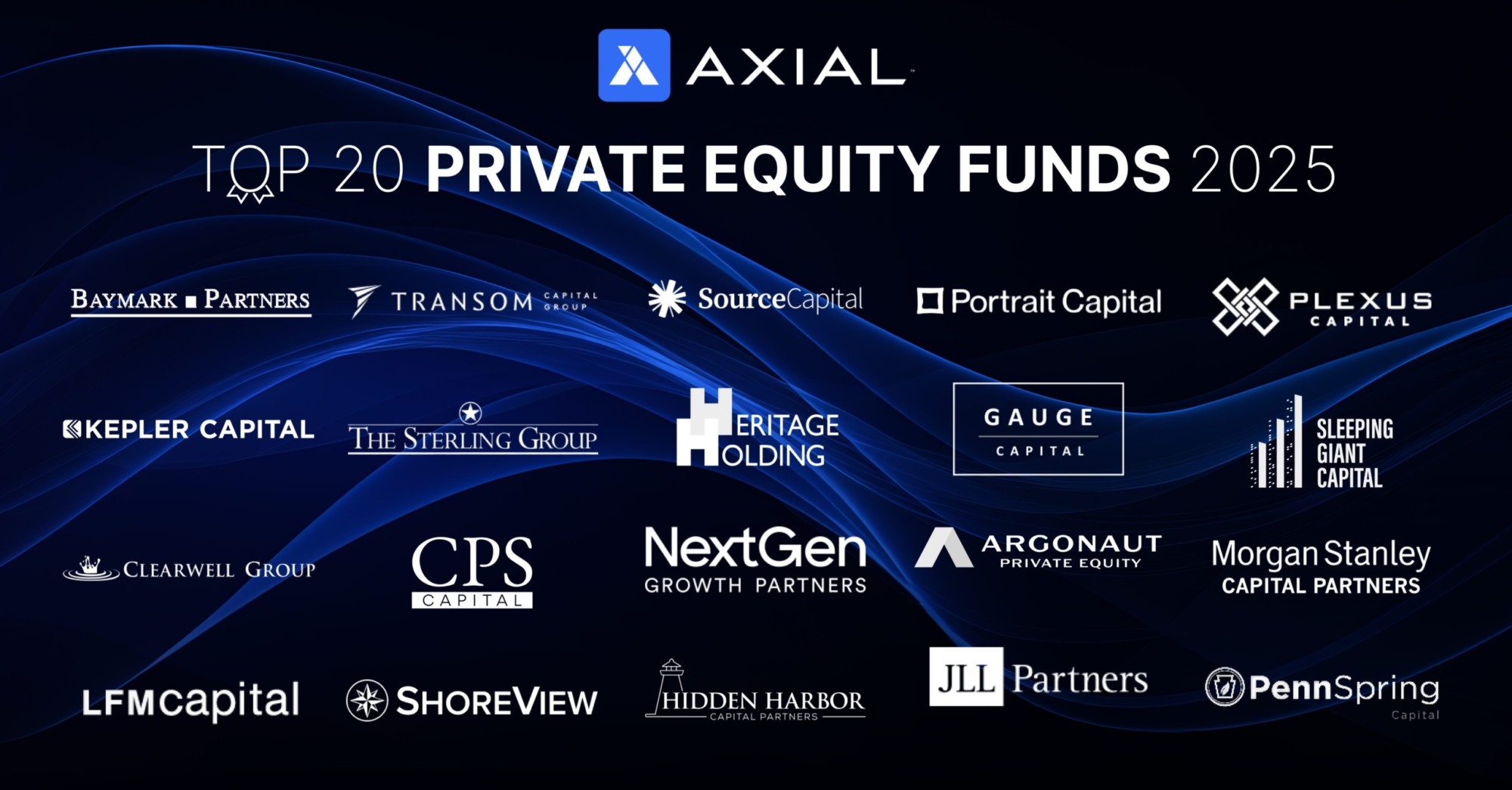
The 2025 Top 20 Private Equity Funds on Axial
We are thrilled to release the 2025 Top 20 Private Equity Funds on Axial! This ranking highlights the most active…
Closing a transaction, the culmination of months of painstaking planning, due-diligence and negotiations – also the beginning of an even longer, more complex process. Keeping your eye on why a deal was done in the first place in the form of a detailed integration plan is critical to the long term success of an investment. Yes, this may seem obvious to some, but far too many transactions fail by drifting away from that focus. Shifting priorities, disorganization, and losing sight of stated objectives can erode value over time. Investors need to explicitly connect employee actions to the realization of the goals of the transaction that predate the close. Here are 3 key steps to take to help increase the chances of integration success post-M&A.
An acquiring company should have a well-articulated outcome and a comprehensive set of action steps that allow for deadline setting and progress assessment for all parties. This starts with extensive diligence on the mundane, day-to-day operating motions of the acquired business. These characteristics include things like procurement, employee compensation, tax, real estate, IT systems, and financial functions. Doing the work up-front allows for a more organized and efficient integration post-close. This is especially relevant for acquisitions of international entities carved-out assets, rather than full businesses, which increase the level of complexity in combination.
A comprehensive action plan allows for strong methodology in which everyone knows their role, which tasks are required at which times, who should be contacted for reporting or questions, and who the decision makers are for various functions. Incoming management should understand the evolution of their duties as their small organization plugs into a larger one, as small company executives often take on more varied duties due to scale.
Ultimately, each employee involved in integration should understand how each of their actions ties to the desired outcome that originally enticed the acquirer. Everyone should be mindful of the strengths of the acquired business – if its strength is fast execution, this shouldn’t be hampered by moving them quickly into a larger, slower organization, and a phased approach could be necessary; if talent was the primary motivation for the acquisition, then retention and onboarding must be prioritized; if new data or analytics capabilities are the jewel to be plugged into the larger entity, then rolling these across the whole combined company should be the focus. Make sure that synergies are actually realized, and tie management incentives to the deadlines in the plan.
Communication and culture are cliched topics, but that is due to the importance of each. There must be effective communication across the full stakeholder list. Management should understand how integration will impact each party, and each party should understand their value to the new business and role in the integration process.
The incoming team needs to understand why the asset was acquired. Diverging perception of the acquisition influences the approach taken by employees, so the motivation for purchase should be unambiguously communicated and reiterated.
Talent is an important aspect of nearly every acquisition (and the focal point of some), so it is important to become an ally on the same side of the table, rather than a counterparty. Cultural assessments are common, but the best ones must include HR, the M&A team, and executives on each side of the combination. Absorbing enterprises should seek feedback from incoming executives and demonstrate to incoming employees that their well-being is considered. Care should be taken to not simply dump the existing corporate culture onto a smaller organization that was previously attractive to those workers. Stress among acquired employees is well documented, and they cannot be asked or allowed to perform all of their normal job duties while additionally executing the integration. These considerations are very important to keep talent retained, engaged, and productive.
M&A-specific experience is unquestionably valuable in diligence and integration. Experts who have been through the process can spearhead efficiency in the marriage of various interdependent business functions, such as finance, procurement, IT, and employee compensation as mentioned earlier. Anticipating challenges and the various potential outcomes of any action within the program can save enormous amounts of time and skirt the pitfalls which destroy value.
Having this experience among executives is an obvious advantage, but there are competing opinions on the optimal nature of experience. When selecting the individual in charge of the integration, organizations often opt for a leader with deep knowledge of the specific business unit. However, consideration should be paid to executives with numerous M&A credits across various business types, who can occupy a project management role with support from experts on the unit in question. This prioritizes the actual diligence and integration functions and minimizes the likelihood that the process is bogged down by natural changes in the evolving business. There are always surprises due to unique combinations of talent, business model, geography, and culture, and these could compound the misery of an unseasoned manager who is learning about M&A on the fly.
Ultimately, value can be retained in an acquisition if the organization has a shared understanding of the desired outcome, with clear action steps and incentives to achieve that. This requires exceptional organization, planning, communication, empathy, and experience. Acquiring companies should develop a full set of value drivers to which the whole team can march and make sure executive accountability is tied to those. Never lose sight of why an asset has been acquired, as distractions and disorganization can derail a process through priority alteration. The acquired company might go through huge changes while becoming part of a larger one, but this cannot obscure the fundamental value that motivated the acquisition in the first place.
